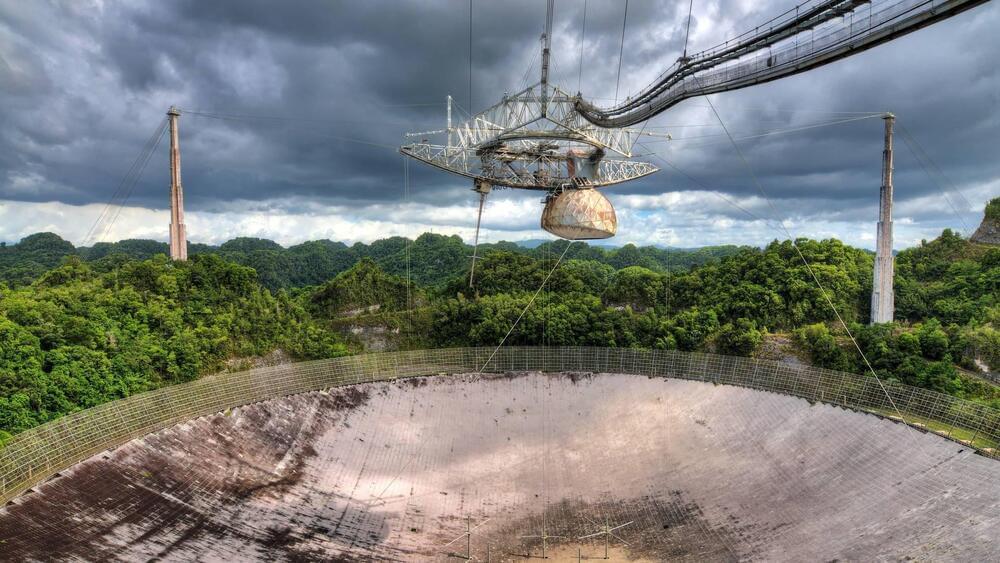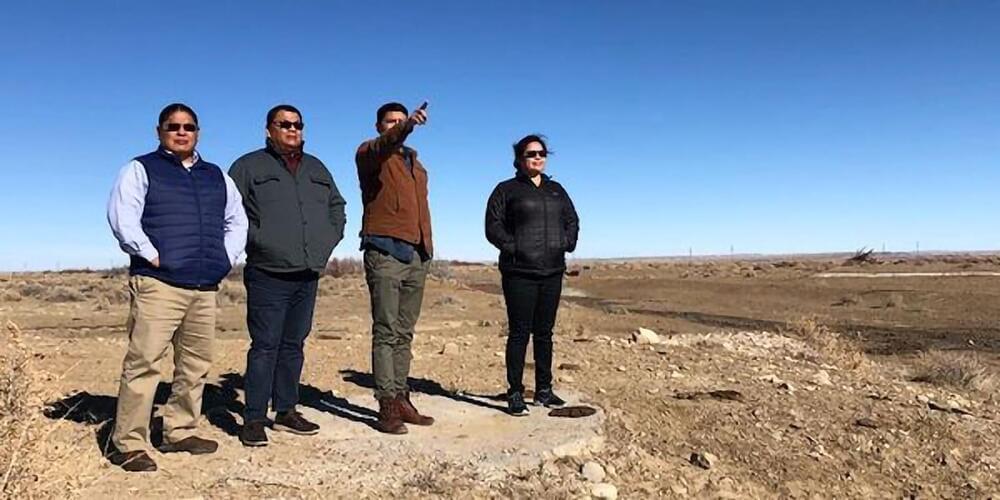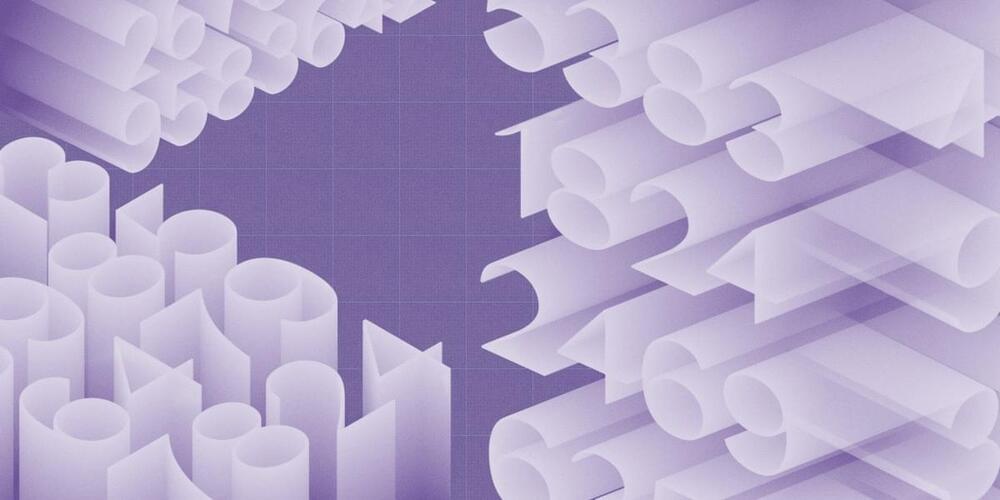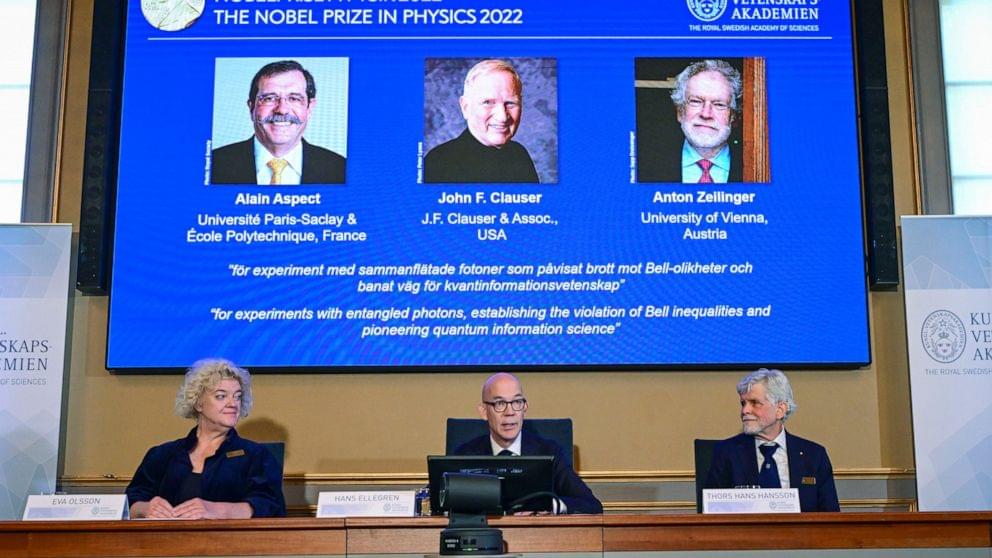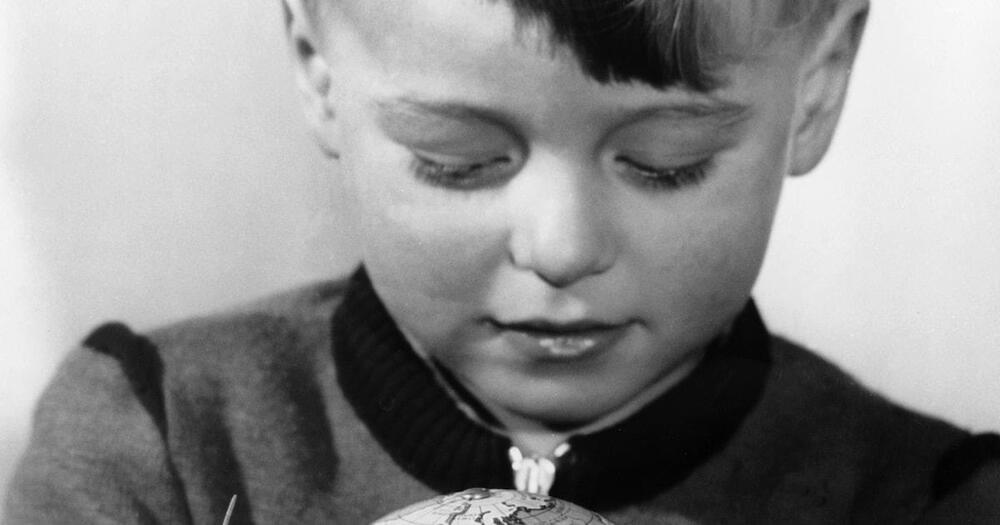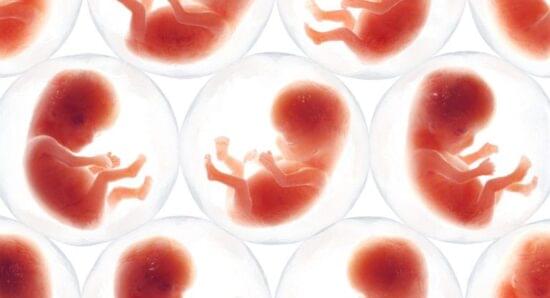SpaceX’s 25th cargo resupply mission to the International Space Station (ISS) launched from Pad 39A on July 15, 2022. The Cargo Dragon carried up to 13,000 lbs of scientific payload and tech, including 8 Cubesats. The capsule docked with the ISS on July 16, 2022.
The Dragon Capsule carried out a variety of experiments that are designed to help scientists understand more about the world around us. The scientific research performed in the microgravity aboard the ISS can’t be replicated anywhere else. Consider the ISS like an orbital laboratory, performing science for the Earth — off the Earth.
These experiments include studies of the immune system, including how it responds to stress and medications.

